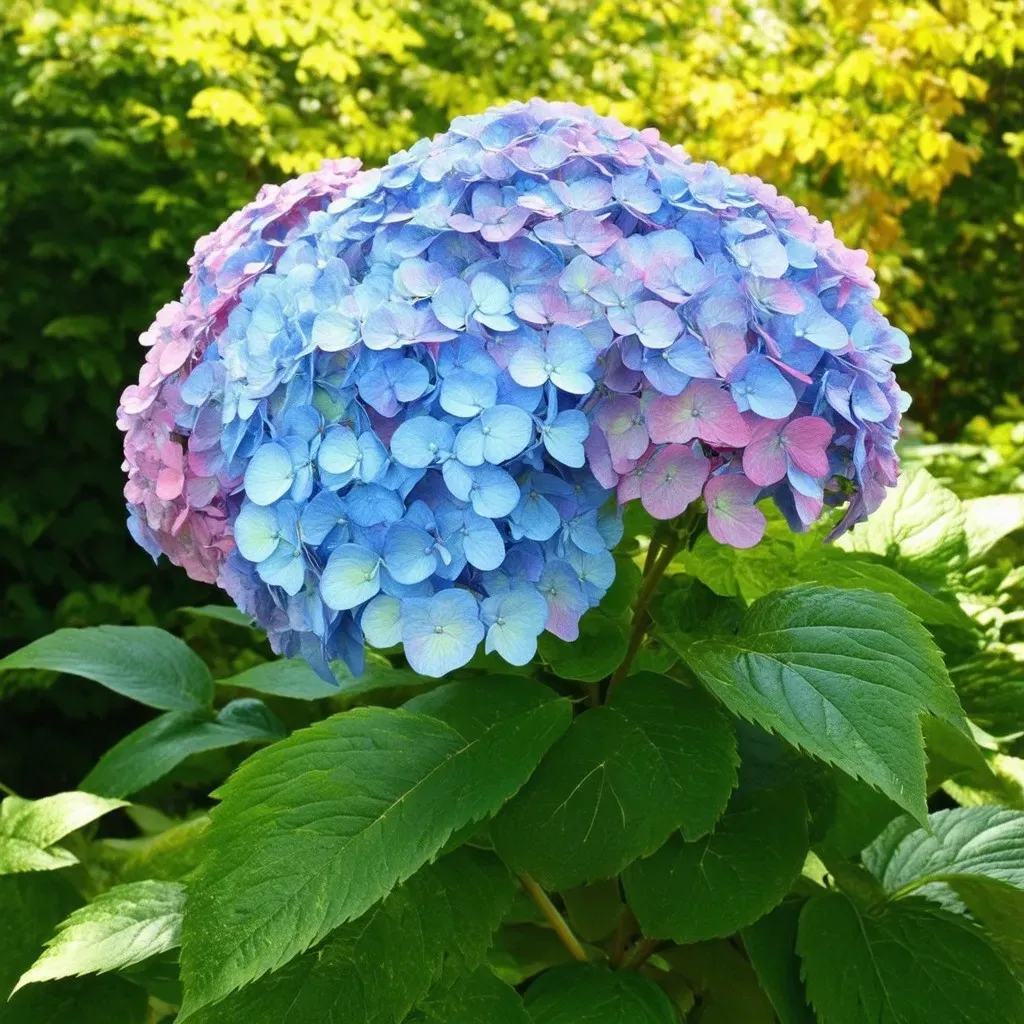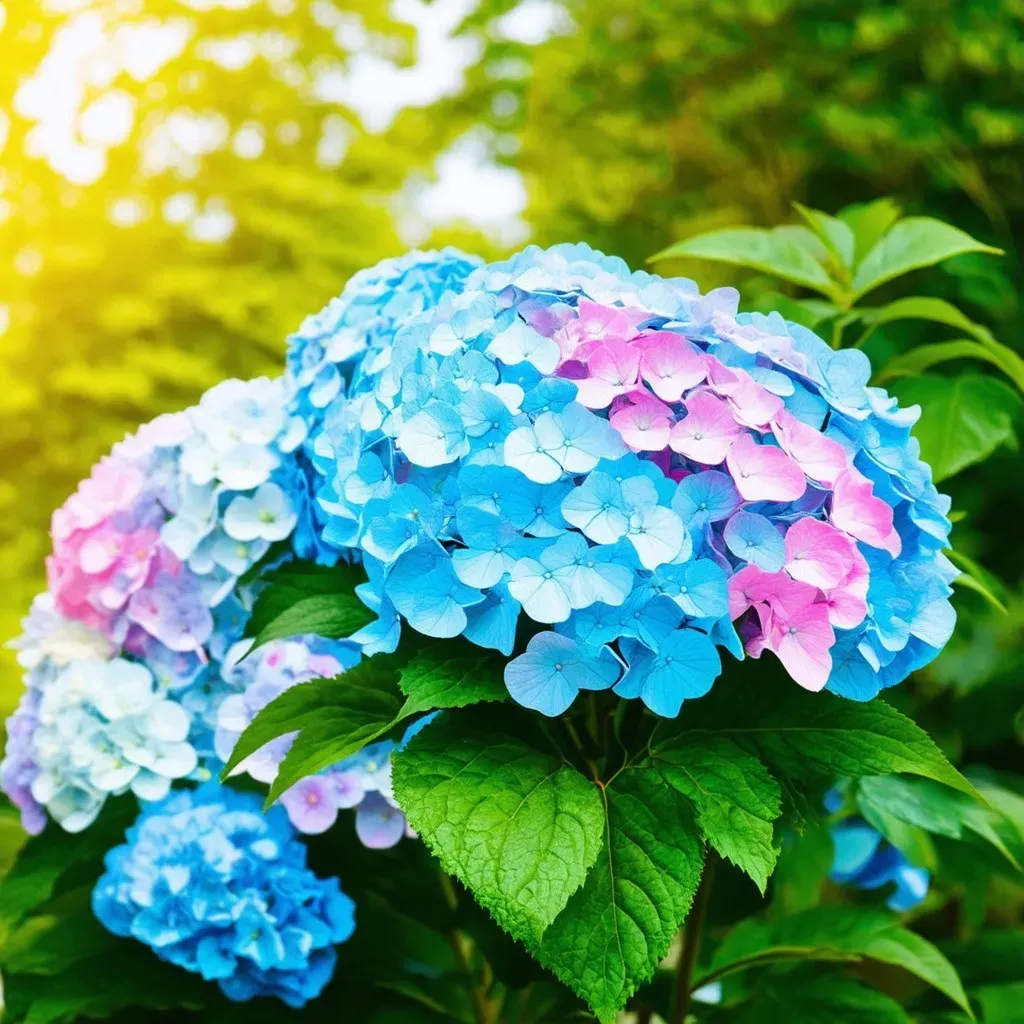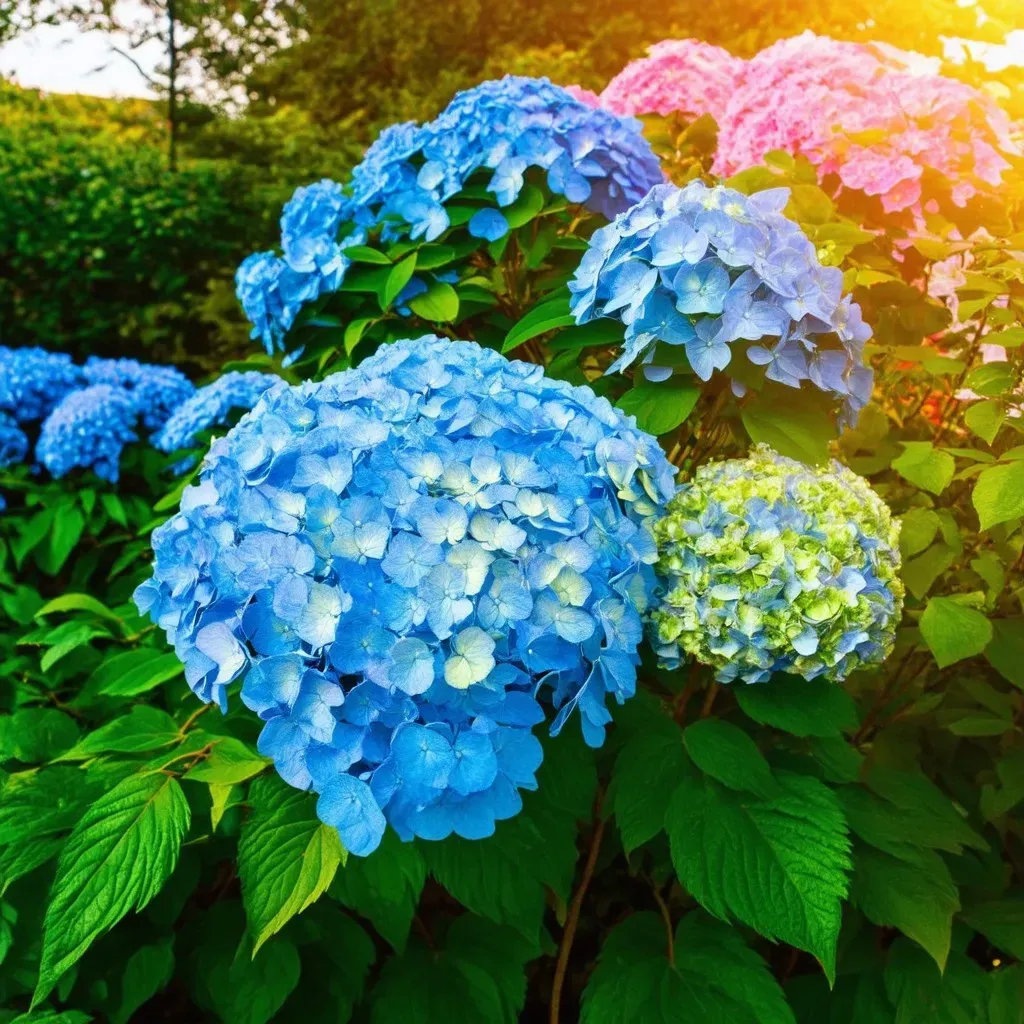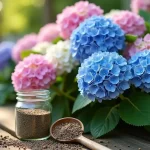Hydrangea zone 5 refers to the varieties of hydrangeas that thrive in USDA Planting Zone 5, an area where winter temperatures can drop to as low as -20°F (-28.9°C). Choosing the right hydrangea for this climate can enhance your garden’s beauty and color palette, providing fantastic blooms and vibrant foliage.
Why Hydrangeas Are Ideal for Zone 5
Zone 5 gardeners enjoy a unique climate that allows for a wide range of hydrangea species to flourish. Unlike gardeners in colder zones, those in Zone 5 can select from many hardy varieties that offer stunning flower displays while surviving the winter chill. Here are some hydrangeas particularly suited for Zone 5:
| Hydrangea Varieties | Description | Bloom Time |
|---|---|---|
| hydrangea macrophylla | Also known as bigleaf hydrangea; features large mophead flowers. | Summer to Fall |
| Hydrangea paniculata | Known as panicle hydrangea; cone-shaped blossoms are perfect for cut flowers. | Late Summer to Fall |
| Hydrangea quercifolia | Oakleaf hydrangea that offers unique, lobed leaves and stunning fall color. | Summer to Fall |
| Climbing Hydrangea (Hydrangea petiolaris) | A woody vine perfect for vertical spaces with white blooms. | Late Spring to Summer |

Top Hydrangea Varieties for Zone 5
1. annabelle hydrangea (Hydrangea arborescens)
The Annabelle variety is popular for its massive, round flower heads that can measure 12 inches across. They bloom pure white in late spring and often last until fall. This hydrangea works well in both sunny and shaded areas.
2. Incrediball Hydrangea
A fantastic cultivar of Annabelle, Incrediball offers the same large blooms but with sturdier stems, reducing the risk of drooping. It is particularly well-suited for mixed borders or as a standalone feature.
3. Invincibelle Spirit
This is the first-ever pink Annabelle hydrangea, which retains all the charming characteristics of its white counterpart while offering a beautiful hue. It’s also known for its strong stems and disease resistance.
4. Oakleaf Hydrangea (Hydrangea quercifolia)
Native to North America, this plant not only provides spectacular white blooms in summer but also offers attractive foliage that turns bright red in the fall. It’s ideal for woodland gardens and makes a great backdrop for Other plants.
5. limelight hydrangea (Hydrangea paniculata)
Limelight is famous for its large, lime-green blooms that transition to pink and red hues as the summer progresses. This hydrangea can grow quite tall (up to 8 feet) and is best used as a statement piece in the garden.
Reference Video
Growing Tips for Hydrangeas in Zone 5
Soil Preferences
Hydrangeas prefer well-drained, fertile soil. Adding compost or well-rotted manure can improve soil structure and nutrient levels.
Watering Regimen
Regular irrigation is crucial, especially during dry spells. A deep watering once a week is generally sufficient, but more frequent watering may be necessary in extreme heat conditions.
Pruning Guidelines
- Macrophylla Types: Prune after blooming to avoid cutting off the buds for next year.
- Paniculata Types: These can be pruned in late winter or early spring as they bloom on new wood.
Fertilization
Applying a balanced, slow-release fertilizer in early spring can help promote healthy growth and blooming. Look for a product formulated specifically for flowering shrubs.

Best Locations for Planting Hydrangeas
Sunlight Requirements
Most hydrangeas do best with morning sunlight and afternoon shade. Full sun may lead to stressed plants, especially in hot climates.
Spacing and Grouping
It’s essential to add ample space between plants—typically 3 to 10 feet—based on the variety’s mature size. Grouping them in clusters can enhance their visual impact.
| Hydrangea Type | Spacing Recommendations |
|---|---|
| Compact Varieties | 3 feet apart |
| Tall Varieties (e.g., Limelight) | 5-10 feet apart |
Additional Hydrangea Varieties for Zone 5
- PeeGee Hydrangea (Hydrangea paniculata ‘Grandiflora’): This hydrangea features upright growth and produces large, white blooms that transition to a lovely pink in fall.
- Endless Summer Hydrangea: Known for its repeat blooming capabilities, making it a favorite among gardeners looking for extended color.

Hydrangea FAQs for Zone 5
Q1: Are hydrangeas deer-resistant?
Yes, many hydrangeas are considered deer-resistant due to their leathery leaves and strong scent.
Q2: Can I grow hydrangeas in pots?
Absolutely! Many Hydrangea Types grow well in pots. Ensure the pot has drainage holes and use a quality potting mix.
Q3: How do I change the color of my hydrangeas?
The color of macrophylla hydrangeas can be altered by adjusting soil pH. Acidic soils produce blue flowers, while alkaline soils produce pink flowers.
Q4: What should I do if my hydrangea isn’t blooming?
Check for adequate sunlight and water. Avoid heavy pruning during the wrong season, as this can remove buds meant for blooming.
For further reading, you can visit Gardening Know How’s page on best hydrangeas by zone for additional insights and tips.

By carefully selecting the right varieties and providing proper care, you can transform your Zone 5 garden into a lush paradise adorned with breathtaking hydrangea blooms that last throughout the growing season.


